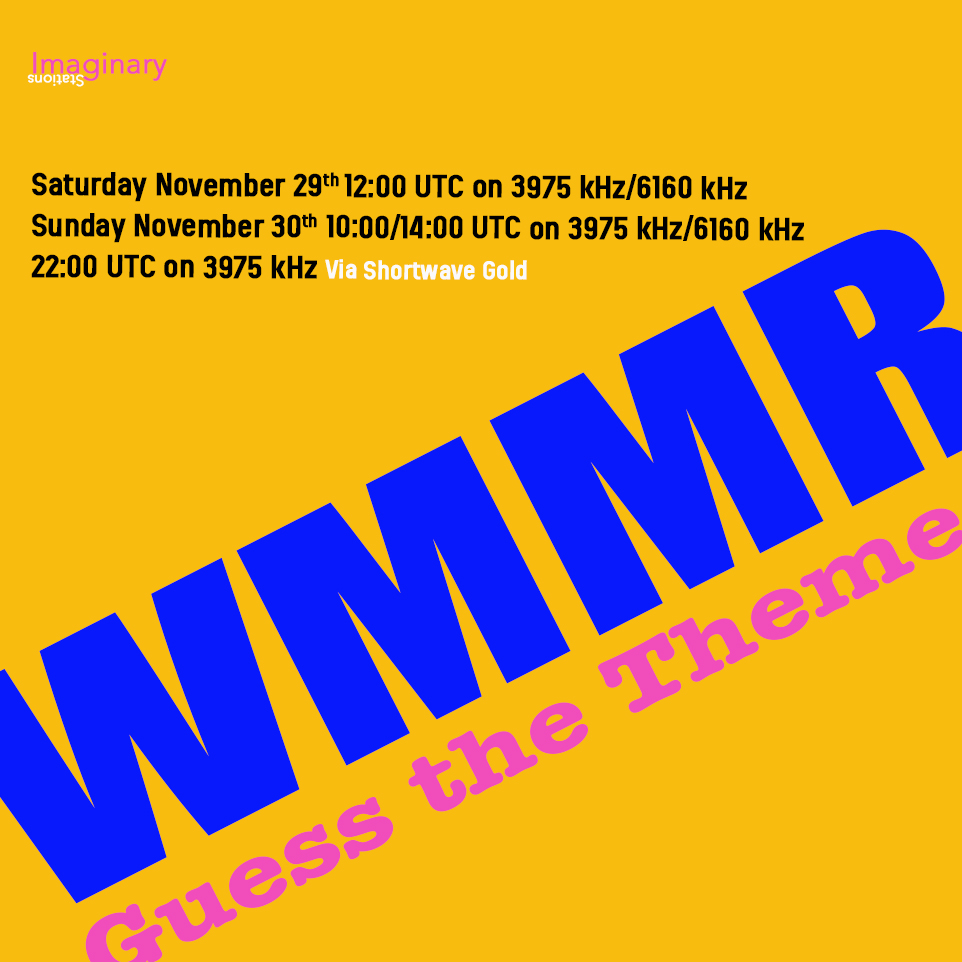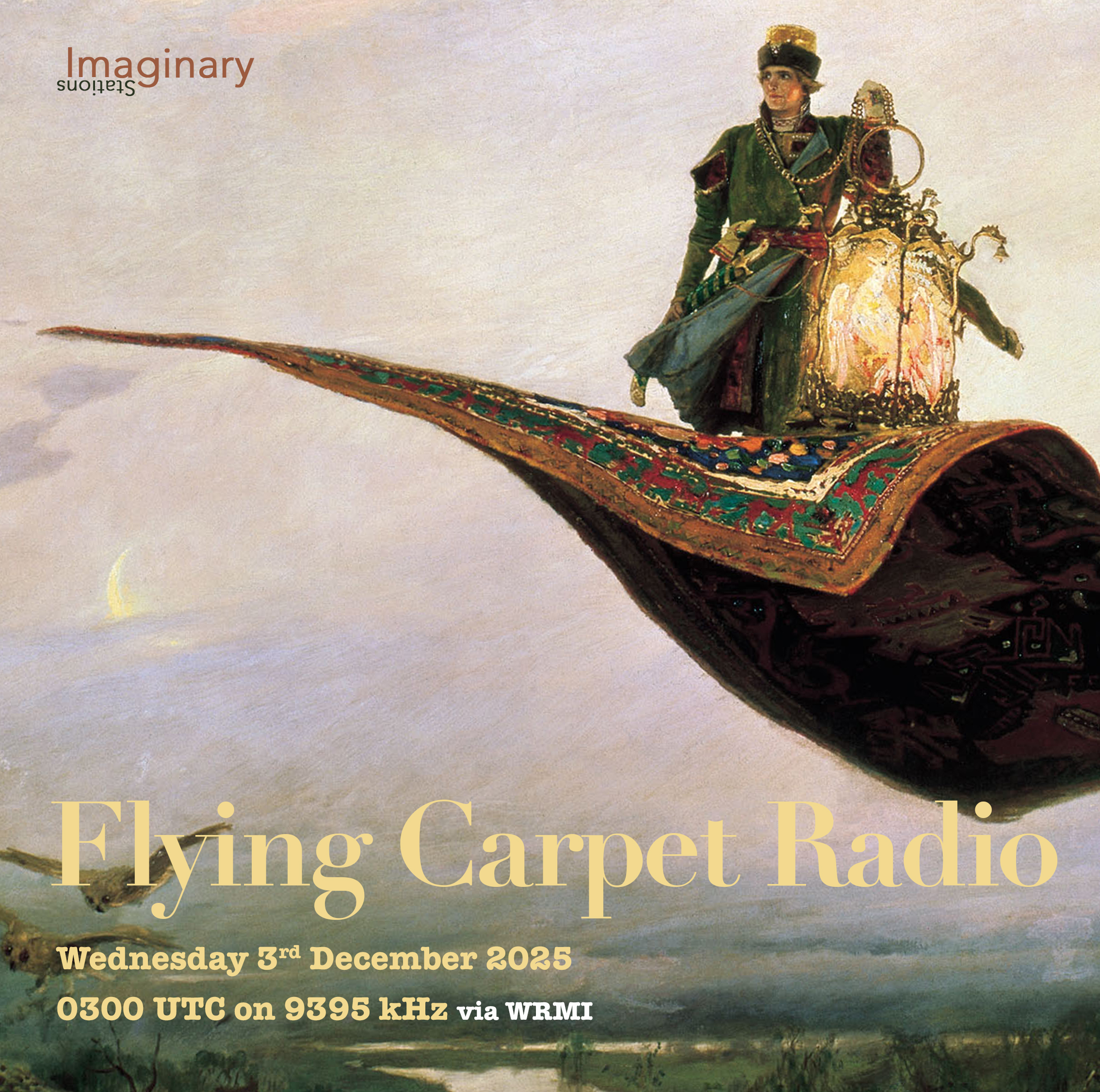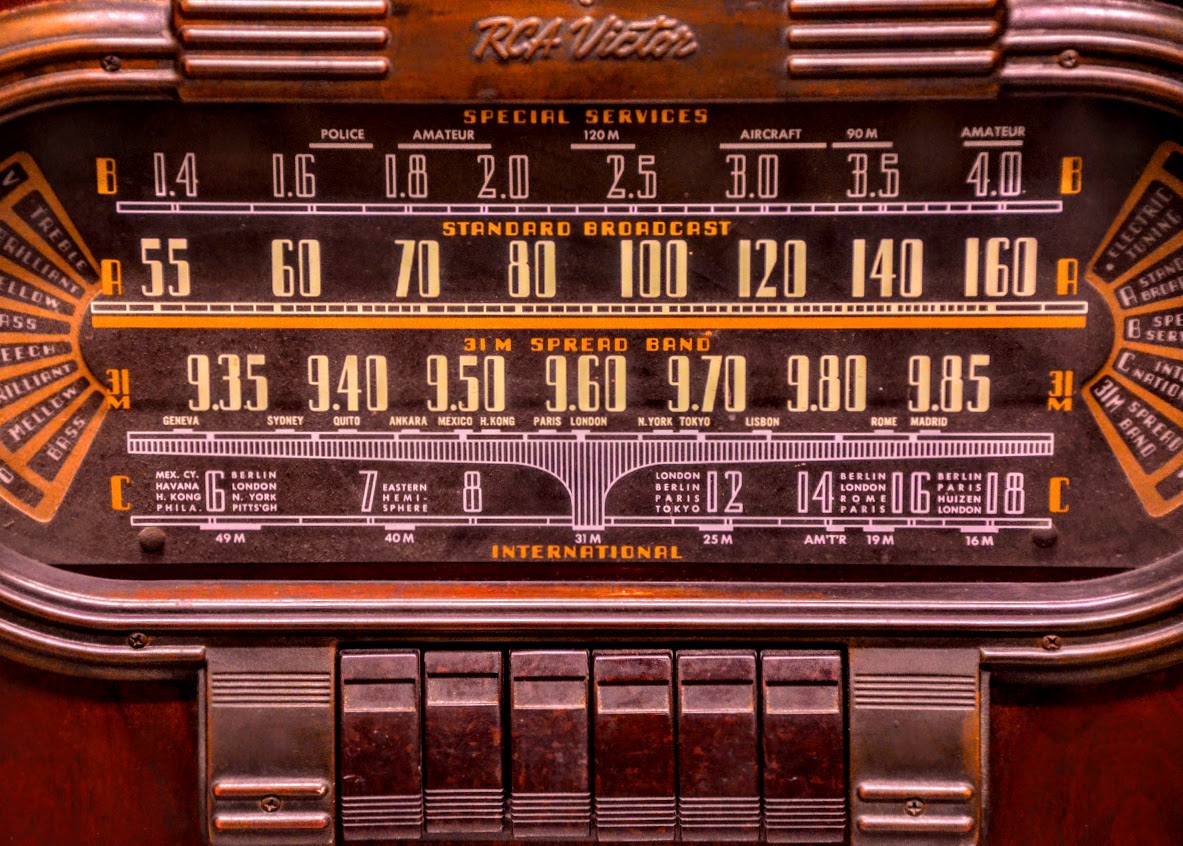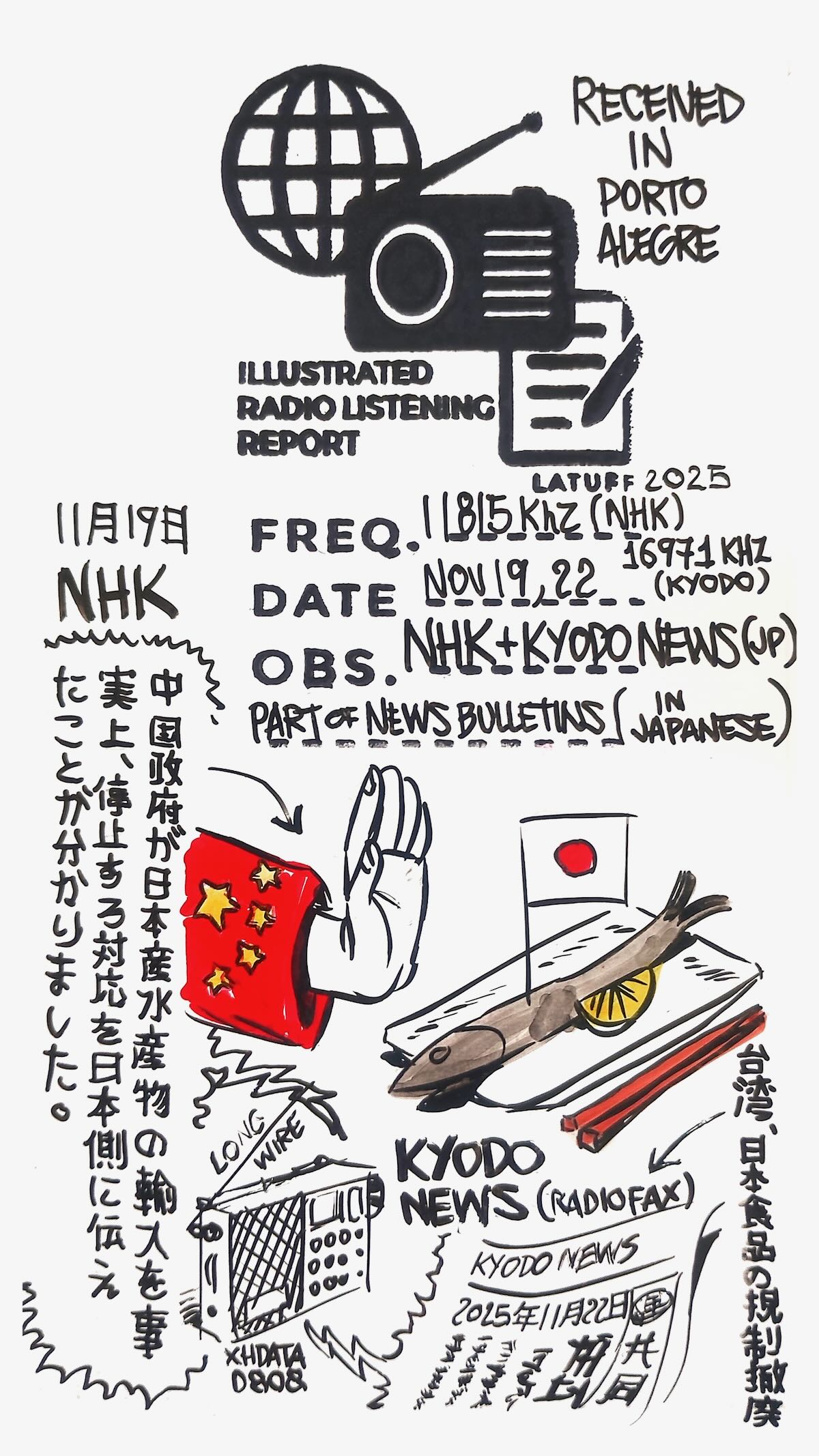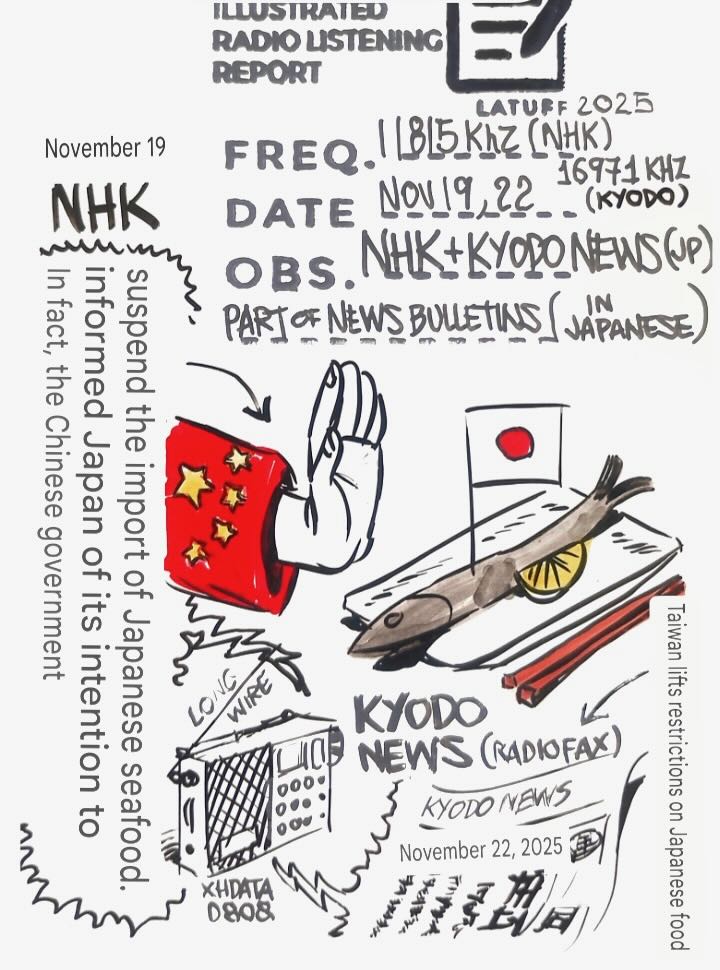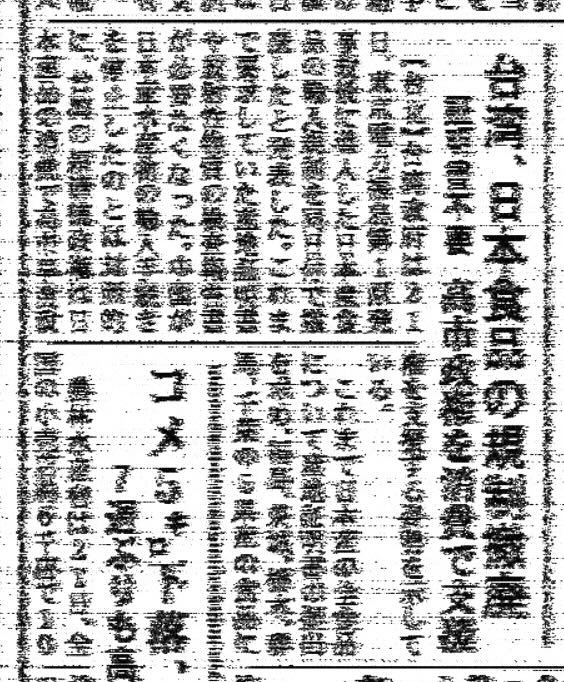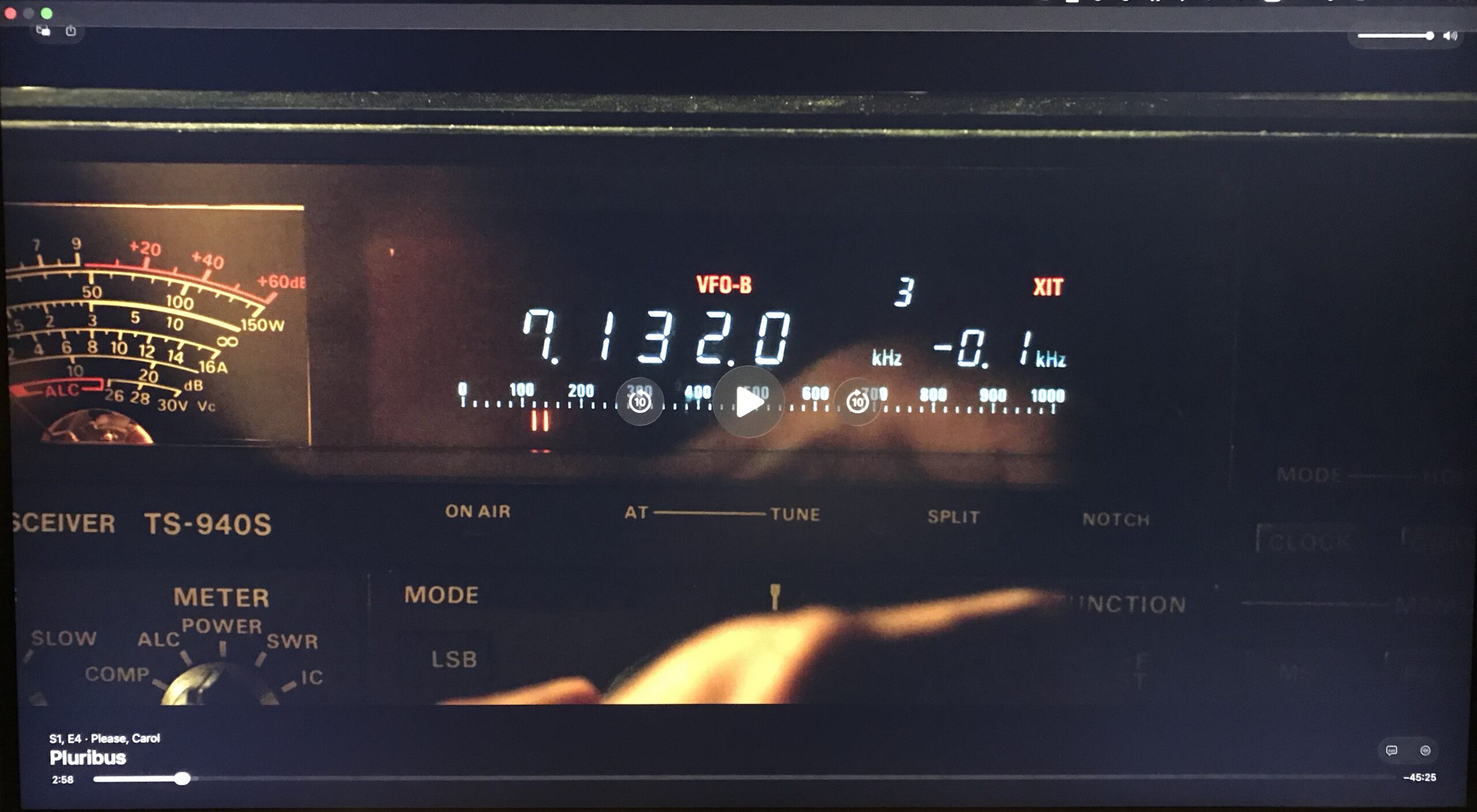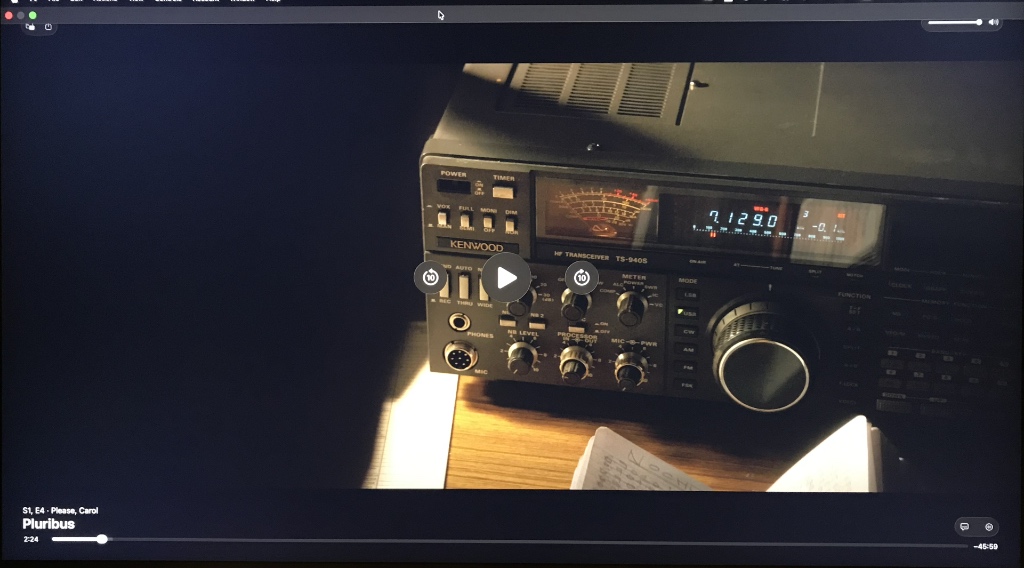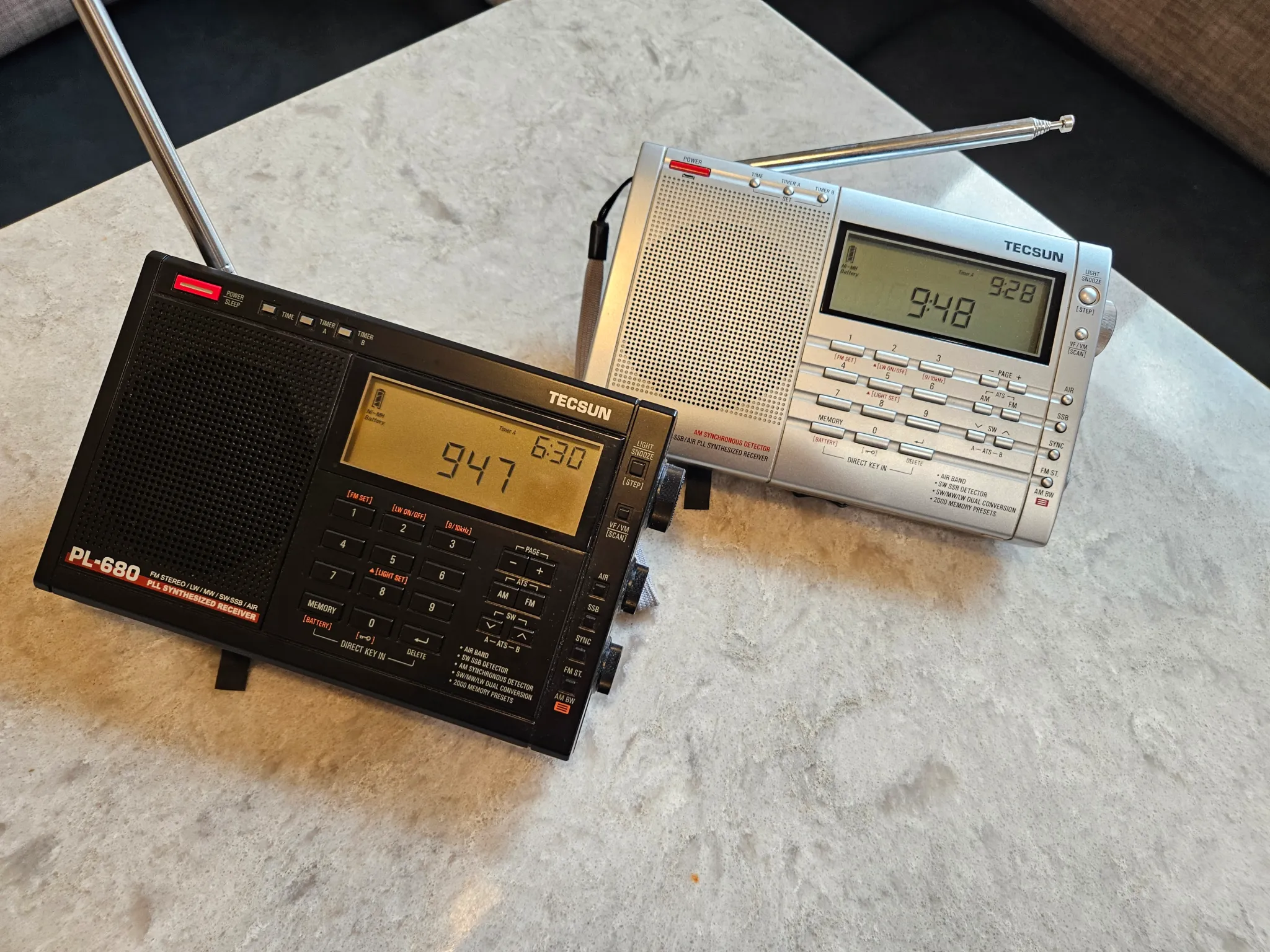 By Jock Elliott, KB2GOM
By Jock Elliott, KB2GOM
Rob, W4ZNG, endured three weeks without electricity on the Mississippi Gulf Coast as a result of Hurricane Katrina.
When he and I spoke about his experience (and what any one of us might want in our “fertilizer hits the fan” radio kit), he mentioned that during Katrina, all of the local broadcasters were wiped out. There was a local low-power FM broadcaster who got permission to increase power to 1,000 watts and was broadcasting where to get food and water. There was a New Orleans AM station that was on the air, but all of its coverage was “New Orleans-centric.” After a few days, some local FM broadcasters, working together, cobbled together a station that they put on the air and began broadcasting news. Rob also began DXing AM stations at night to get additional news.
Hold that thought for a moment.
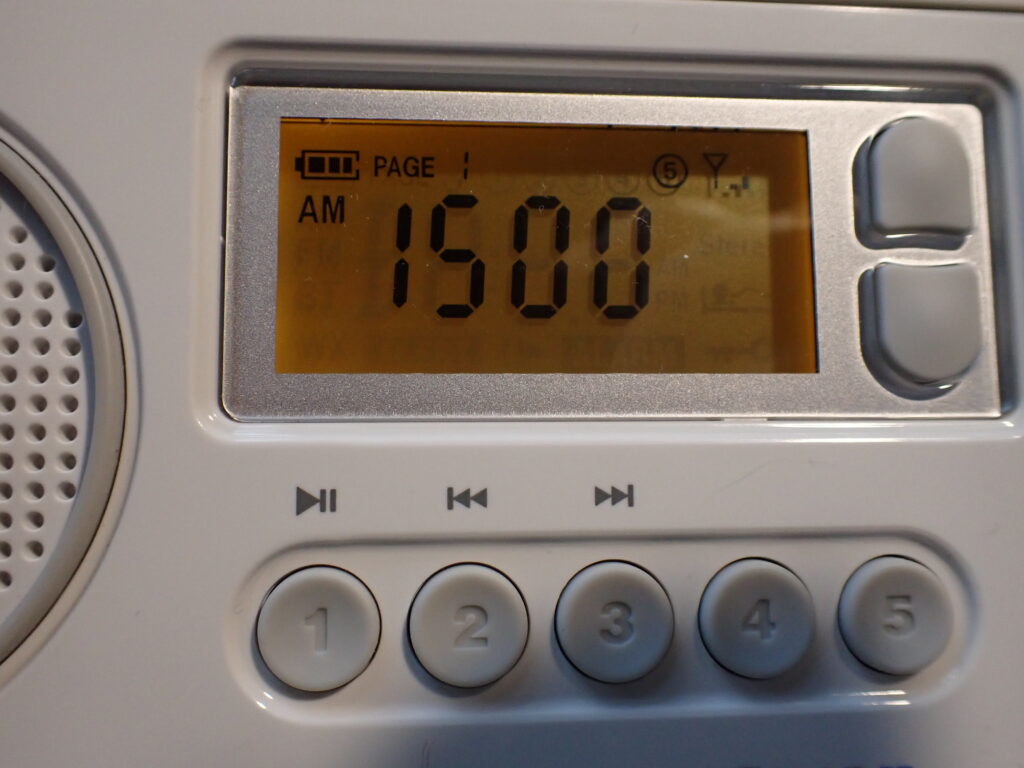
A few weeks ago, Andy, W2SRA, pops up on the Radio Monitoring Net (which I run on Tuesday nights) with a list of “Rolling News” medium wave stations that can be heard at least some of the time from my location in the Capital District of New York State. Rolling news stations broadcast news ‘round the clock.
The list includes:
- 780, WBM, Chicago, IL
- 1010, WINS, New York City
- 1030, WBZ, Boston, MA
- 1060, KYW, Philadelphia, PA
- 1090, WBAL, Baltimore, MD
- 1130, WBBR, New York City
- 1500, WFED, Washington, DC
When I saw that list, I thought “This is a pretty good resource.”
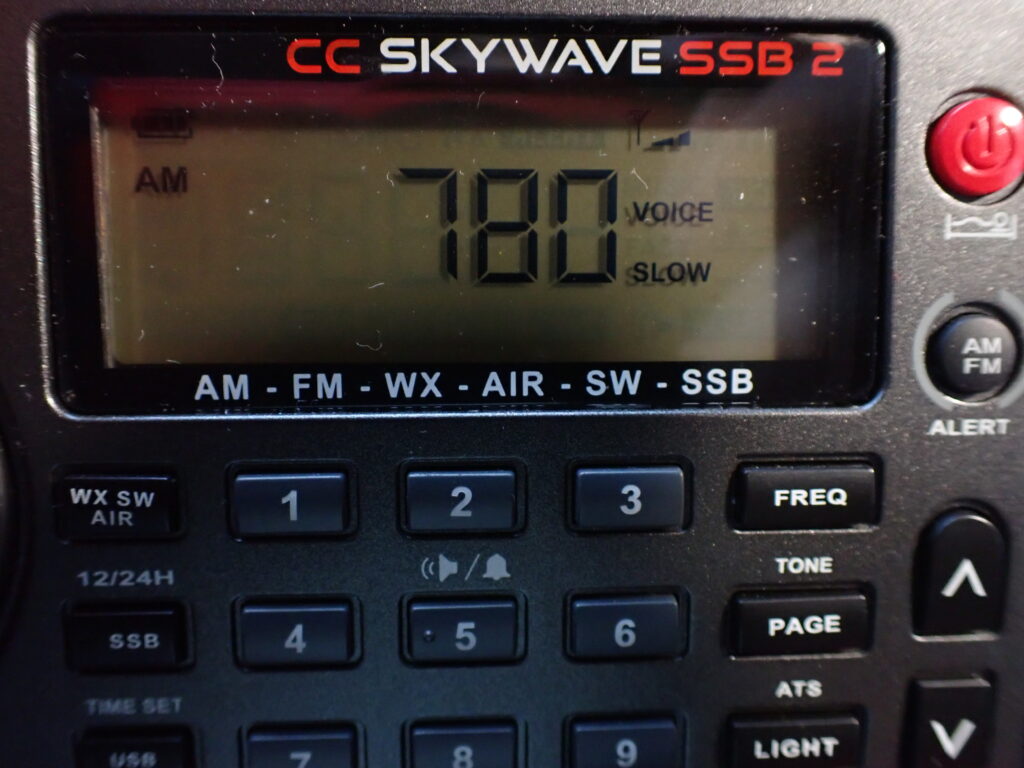
Then a day ago, something clicked, the lightbulb went on, and I realized: “This is exactly the list of stations that I would want if I were in the same situation as Rob after Katrina, where my local stations were dark, and I wanted to know what was going on! I named the list: the News Cruiser.
So, in the predawn hours, I decided to put the News Cruiser list to the test. I plugged the frequencies into several of my radios, and here is what I found. With the CCrane Skywave SSB 2, the signals ranged from copyable with noise to marginal to uncopyable, depending on the station. With the CCrane CCRadio SolarBT the results were better, but often tough to copy. Neither of these radios has the ability to connect to a medium wave loop antenna through a direct wired connection, although they can be inductively coupled to a loop such as the Terk AM Advantage.
The CCrane 2E, a much bigger radio with a much bigger internal ferrite bar antenna, produced markedly improved results. All three of these radios can be powered by off-the-shelf AA or D cells, which I considered to be an advantage during an emergency.
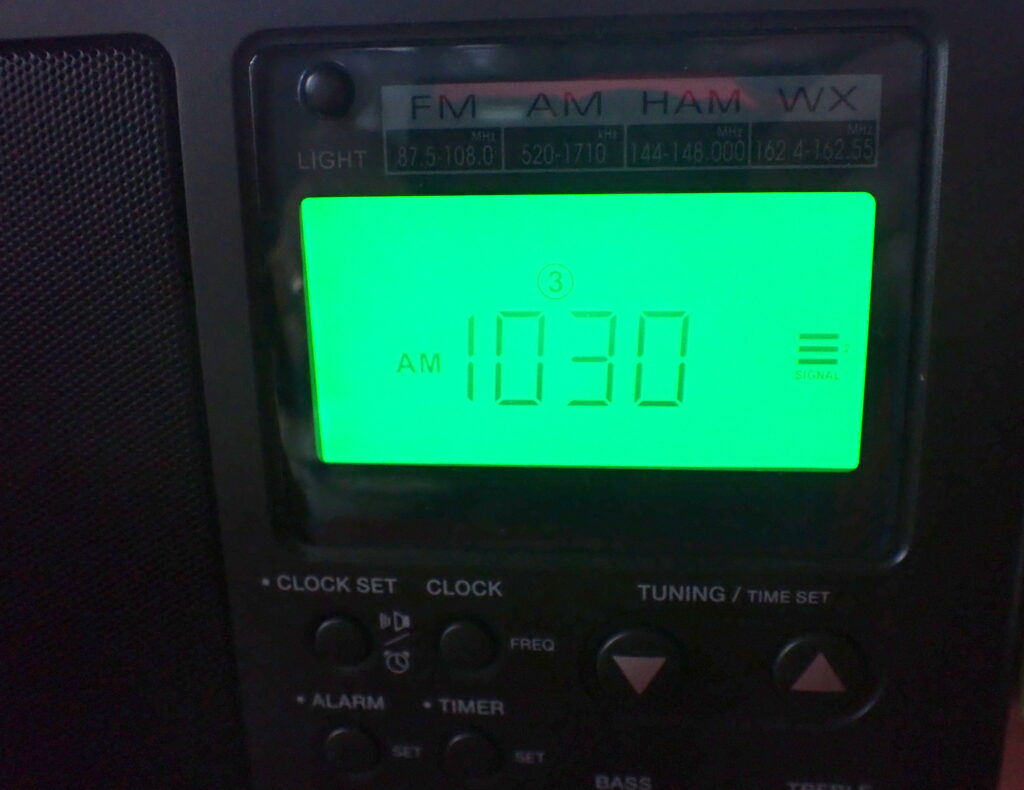
Two other radios, the Qodosen DX-286 and the Deepelec DP-666, which are powered by rechargeable batteries, acquitted themselves quite well when hardwired to the Terk AM Advantage loop antenna, but I prefer radios that can accept off-the-shelf commercial batteries.
If you live in North America, you can create your own News Cruiser list for your emergency radio by consulting https://radio-locator.com/ and using the search function to find stations that broadcast in the “News” format.

Once you have assembled your list, test it out with the radio you would grab in an emergency and see how well they perform. You might find the perfect combination that you like or you might discover that there is some room for improvement.
In any event, I heartily recommend that every household has an emergency radio that can be easily deployed to discover essential information when the fertilizer hits the fan. The point is to discover what works for you and to discover it before it is needed.
Further, I would very much like to know what works for you no matter where in the world you are located. Let me know in the comments below.

